
Background
Armadale is one of the fastest growing areas in Perth and with this rapid urban sprawl comes a loss of tree canopy and a greater need to plant and maintain trees in our neighbourhoods, creating what is known as an 'urban forest'.
With a rapidly growing population and urban development there is a reduction in large areas of native vegetation; and with the loss of private open space - the traditional backyard, creating a decline in the tree canopy. During the past five years, the City's Urban Forest Strategy has seen 4792 new street trees planted on residential verges throughout the City.
The vision of the City of Armadale Urban Forest Strategy is to strengthen a diverse landscape character through allocating suitable tree diversity, to be proactive inappropriate landscape planning while showcasing the City's botanic heritage and to distinguish an expanding 'tree-change' destination from the existing Perth vernacular.
Armadale was one of the first WA councils to develop an Urban Forest Strategy (UFS), identifying what needs to be done to protect and enhance this prized green infrastructure. The Strategy was formally adopted in 2014.
The strategy guides the establishment and ongoing maintenance associated with planting a large number of additional trees in the City’s parks, reserves and streetscapes.
The City is heading into its sixth year of the Urban Forest Program and continues to plant approximately 700 to 800 new street trees on residential verges each year.
The City’s Urban Forest Strategy is more than just a strategy, it provides tangible environmental, health, social and community benefits and outcomes.
Benefits of Urban Forests
Trees play an important asset providing environmental, holistic and economic benefits including:
- Reducing temperatures in summer
- Trees are both habitats and food sources for wildlife
- Beautifying our streets and creating a sense of place within communities
- Reducing water consumption as areas are cooled by the shade
- Improve physical and mental health as people are encouraged to use well-treed parks and public open spaces.
- People are more likely to stay longer in well-treed commercial areas
- Reducing heating and cooling costs by an estimated 12% per annum
- Increased property values (by more than $1,400)
Planting
Planting occurs in the winter months each year to allow time for the trees to establish over winter from early May to late September.
Every house without a verge tree will have one or more trees planted on it, depending on the length of the verge. Typically, a corner block will receive one tree on the front verge and two trees on the side verge, however this depends on many factors such as the size of the verge area available, any services, potential vision hazards and the selected species of tree.
The City uses the Urban Forest Strategy and Implementation Plan to guide the planting of the trees and generally plants on a 2.7m alignment from the cadastre line to ensure that the trees are planted in an area of the verge that does not have any underground services.
If there are existing trees that are suitable for the location and the size of the verge area and will not allow for additional planting, no new or additional trees will be required. The City works with the resident to position the new tree/s in a location that will assist with their verge use and to meet the City’s criteria.
The City's Parks department is responsible for the planting, staking, mulching, fertilising and establishment; watering for two to three years with each tree receiving up to 60 litres of water a week.
Any additional watering the resident can give the street tree will assist in the establishment of the trees and is important to the success of the urban forest program.
Did You Know?
- One mature 30 metre tree can absorb as much as 22kg of carbon and produce more than 2,700 kg of oxygen a year.
- Additionally, it can transpire up to 378 litres of water each day, making it the cheapest form of air-conditioning available.
- A single tree can typically reduce the air temperature below the canopy by up to 1 to 2 degrees.
- Currently, the City has a 46% tree canopy cover
How you can help
- Request a free verge tree to be planted on the verge
- Ongoing care and maintenance of the tree planted on your verge
Contact us
Have questions or want to learn more about the Urban Forest project, contact us below:

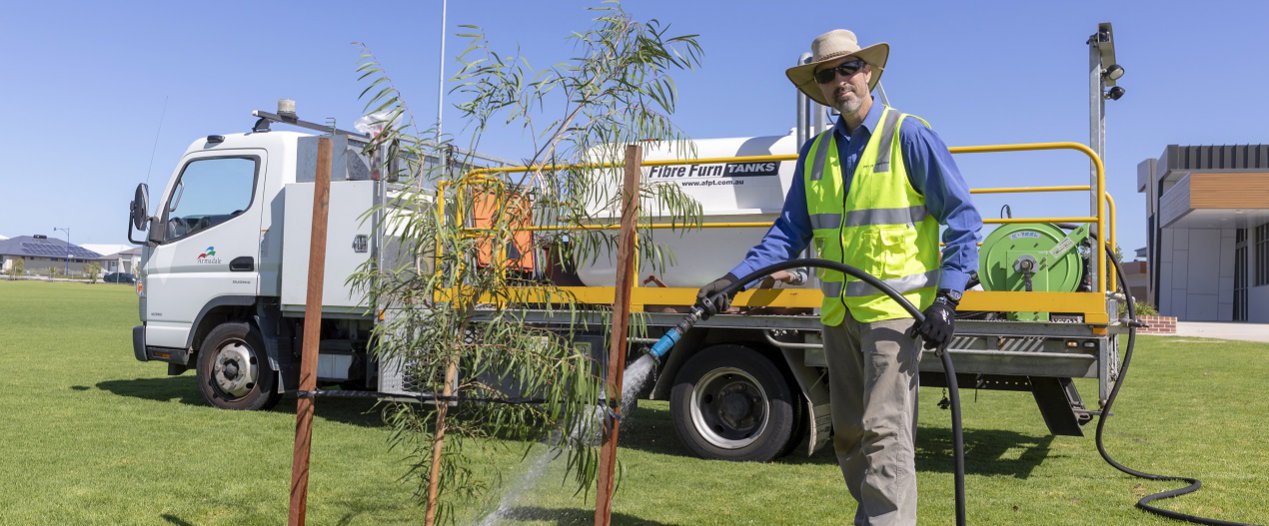
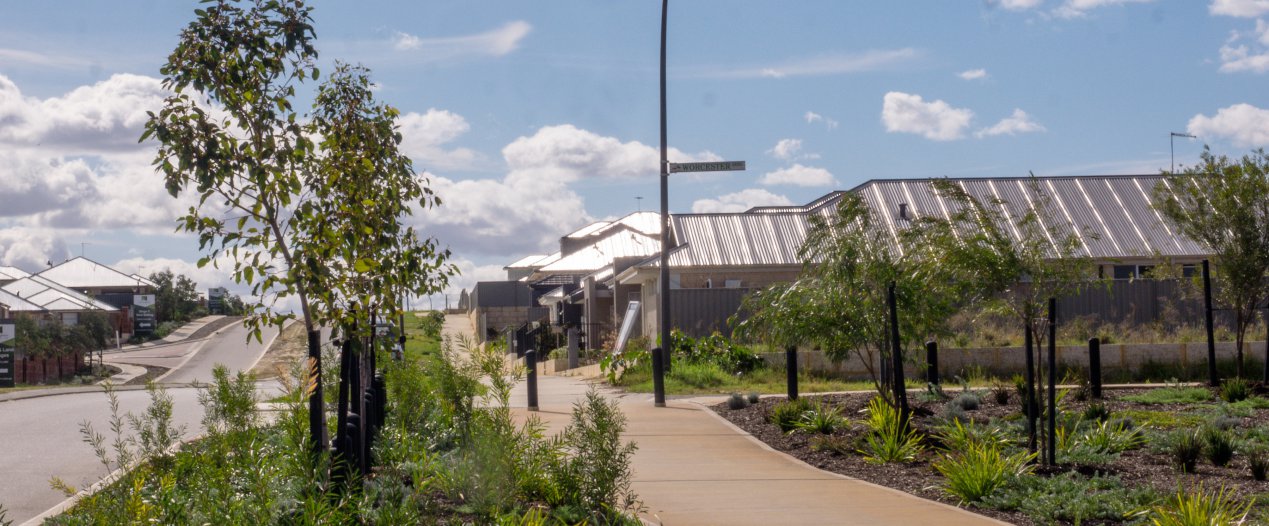
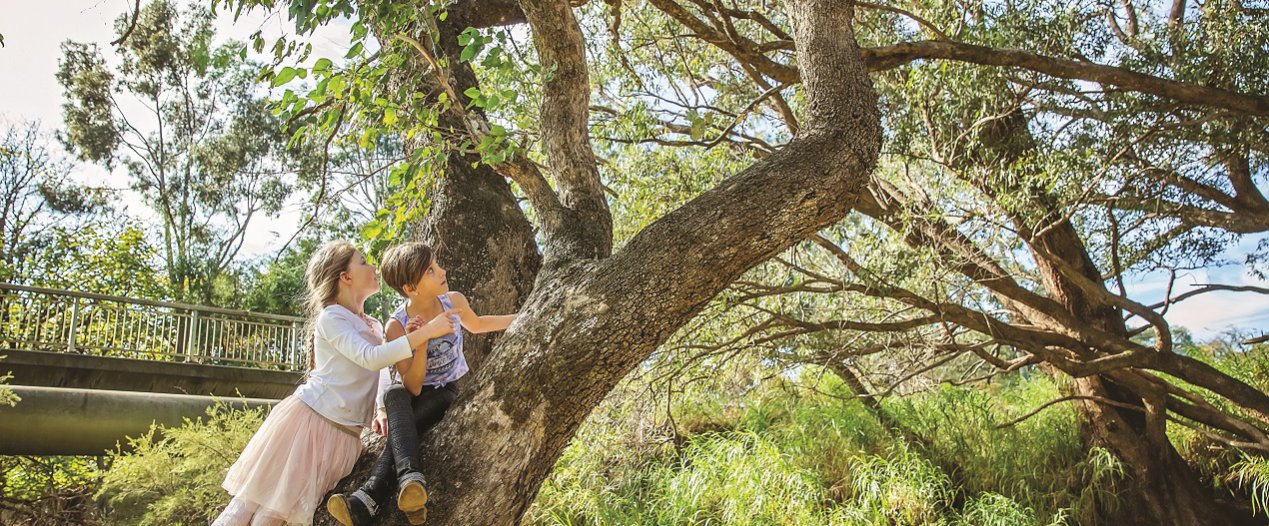
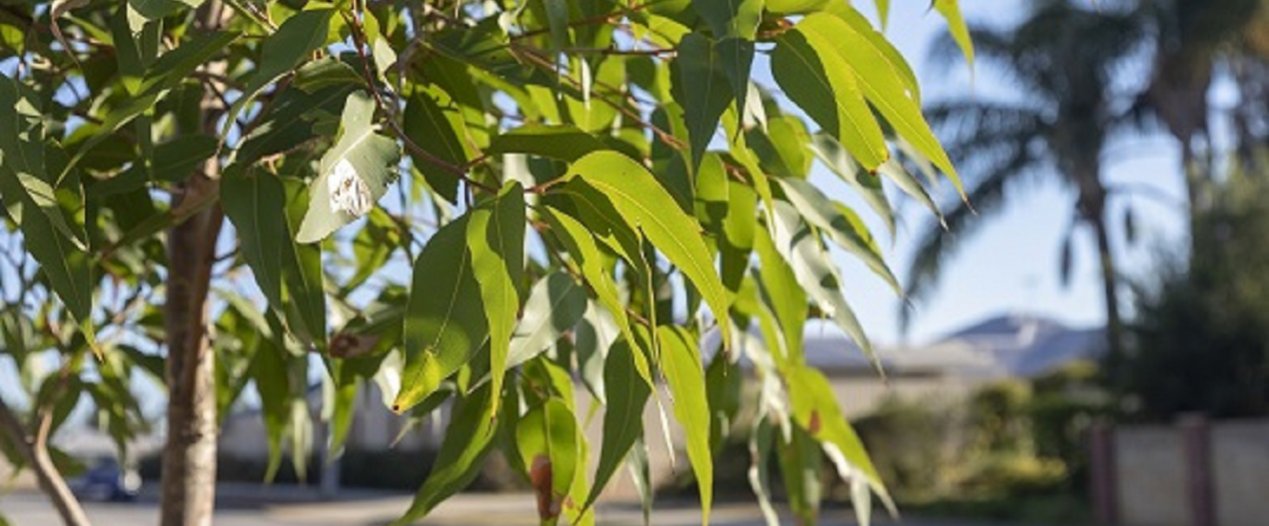
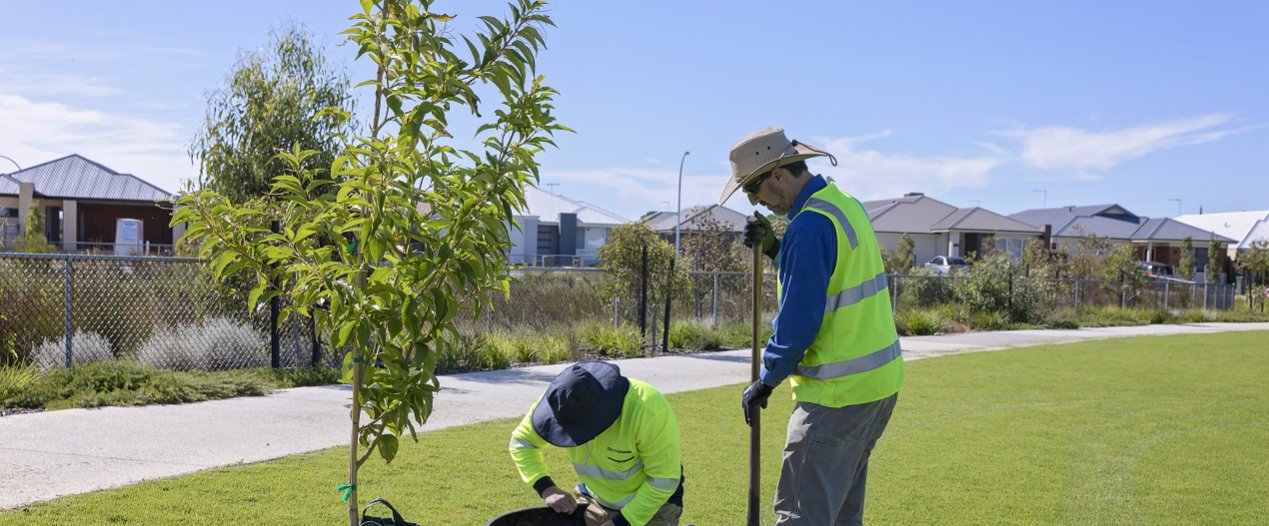
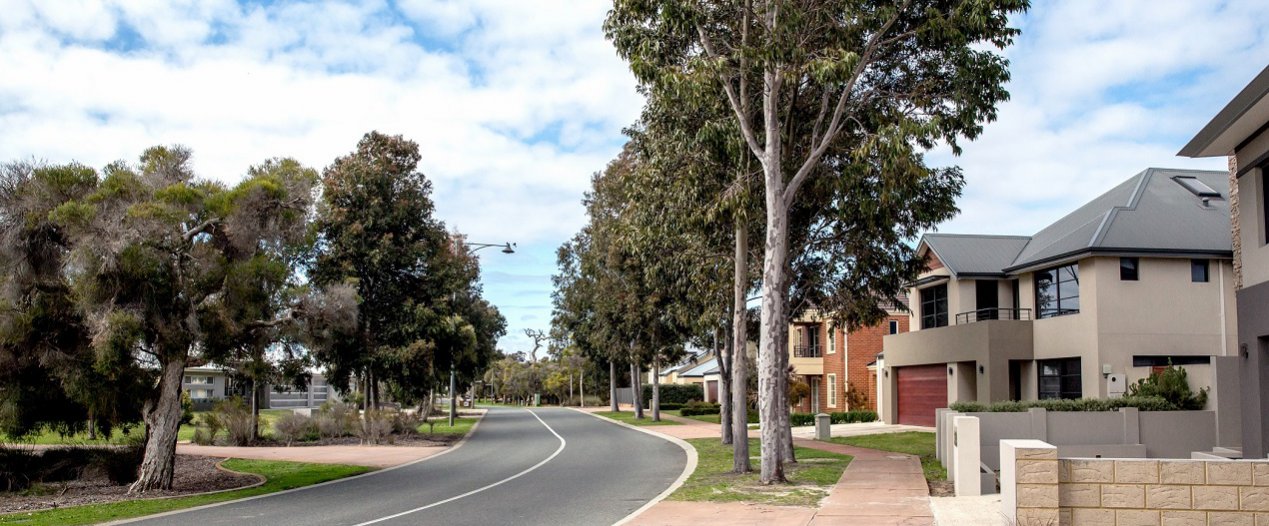
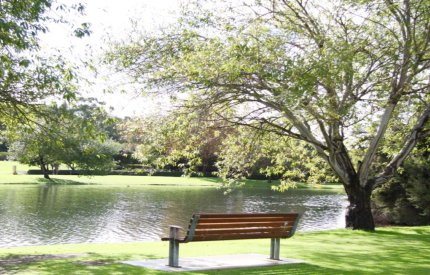
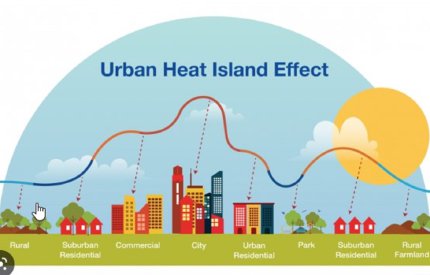
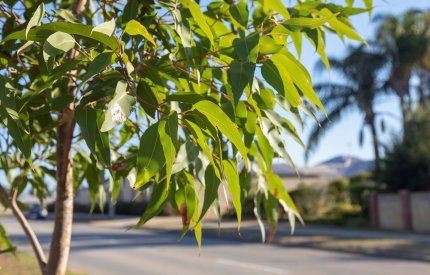
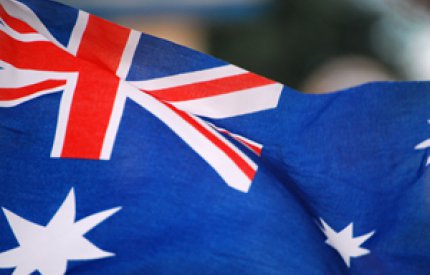

X Prohibited Burning Period has been extended until 28 April 2024. READ MORE